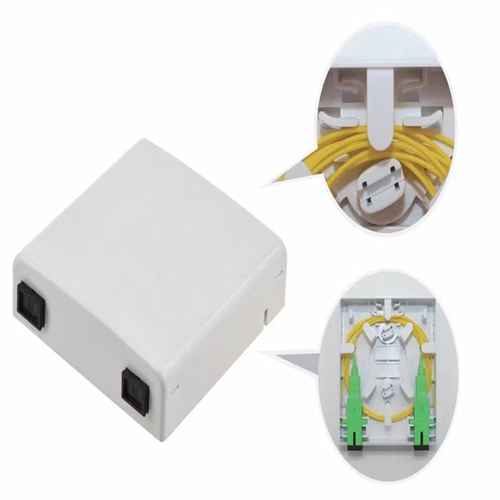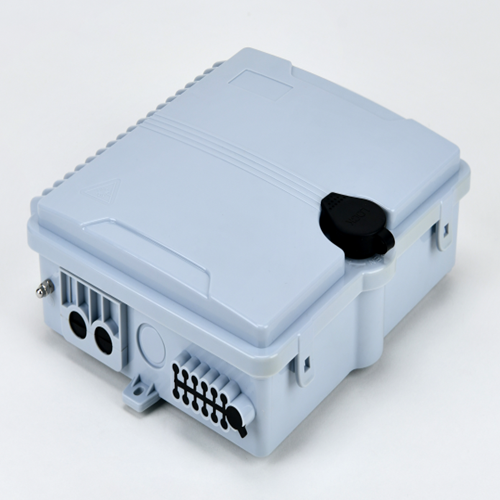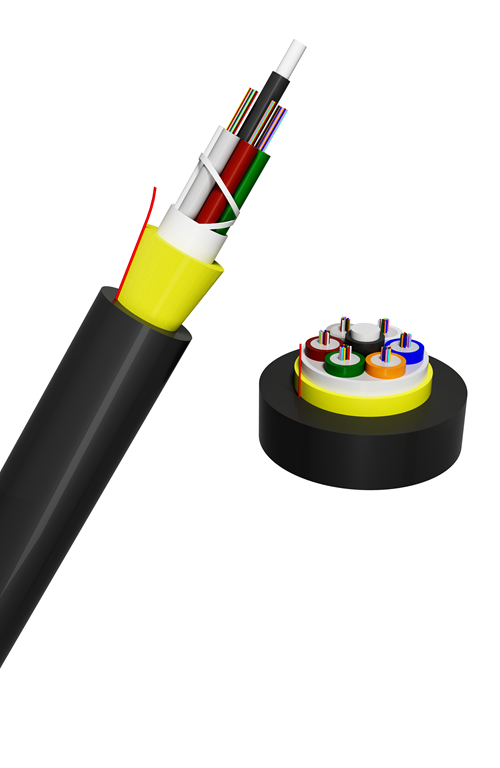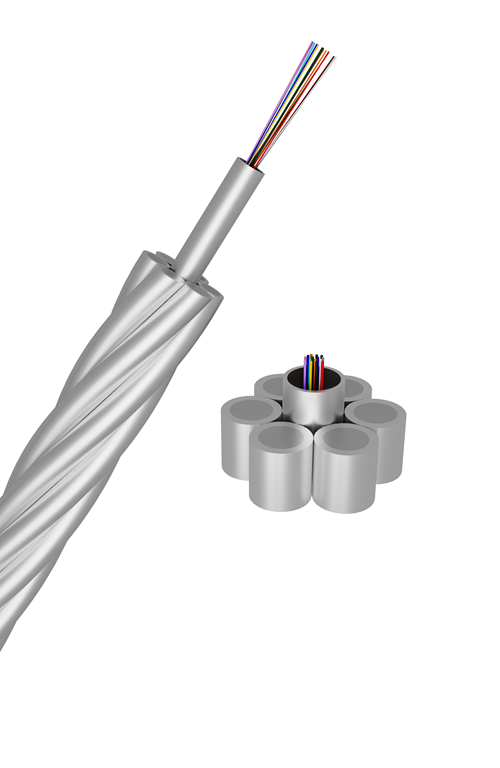The demand for high-speed internet and advanced connectivity solutions has risen significantly in recent years. As a result, technological advancements in fibre-optic communication, particularly in Fiber-to-the-Home (FTTH) and Fiber-to-the-Room (FTTR) systems, have become crucial. These systems leverage the unparalleled capabilities of optical fibres, such as Optical Fiber Cords and Multi-Mode Optical Fibers, to provide users with faster, more reliable, and higher-capacity internet connections. This article delves into the recent advancements in FTTH and FTTR technologies, exploring how they revolutionize how we connect and communicate.
Advancements in Fiber-to-the-Home (FTTH)
FTTH technology has made significant strides in recent years, with improvements in Optical Fiber Cords playing a pivotal role. These advancements have led to a substantial increase in the speed and capacity of home internet connections. Modern Optical Fiber Cords are designed to handle greater data loads, reducing latency and enhancing the overall user experience. This is particularly beneficial for applications requiring high bandwidth, such as video streaming, online gaming, and remote work.
Furthermore, the development of Multi-Mode Optical Fibers has also contributed to the evolution of FTTH systems. Unlike single-mode fibres, multi-mode fibres can carry multiple light signals simultaneously, increasing the data transmission capacity. This makes them ideal for residential applications where multiple devices simultaneously connect to the internet.
Innovations in Fiber-to-the-Room (FTTR)
FTTR is a more recent development in fibre-optic technology, extending the benefits of FTTH to individual rooms within a home or building. This approach ensures that each room has a direct fibre-optic connection, providing even faster and more reliable internet access. One of the key advancements in FTTR technology is the integration of Optical Fiber Cords with smart home systems. This allows for seamless connectivity (Desktop Box, Distribution Box) and control of various smart devices, enhancing the convenience and efficiency of home automation.


Another significant innovation in FTTR is using Multi-Mode Optical Fibers with advanced routing and switching technologies. This combination enables the distribution of high-speed internet to multiple rooms without compromising performance. It also allows for implementing advanced network security measures, ensuring the privacy and safety of users' data.
The Impact of FTTH and FTTR on Connectivity and Network Performance
The advancements in FTTH and FTTR technologies have profoundly impacted connectivity and network performance. With the increased use of Optical Fiber Cords and Multi-Mode Optical Fibers, users can now enjoy faster internet speeds, lower latency, and higher data capacity. This has significantly improved the quality of online experiences, from streaming high-definition content to participating in video conferences without interruptions.
Moreover, the expansion of FTTR systems has brought high-speed internet access to every corner of a home or building. This ensures that all connected devices (adapter), regardless of location, can function optimally, enhancing the overall network performance.

The Future of FTTH and FTTR: Prospects and Challenges
As we look ahead, the future of FTTH and FTTR technologies appears promising, with several exciting prospects. One key area of focus is integrating these systems with emerging technologies such as 5G, the Internet of Things (IoT), and artificial intelligence (AI). This convergence is expected to unlock new possibilities in smart homes, telemedicine, and virtual reality. For instance, FTTH and FTTR could provide the backbone for 5G networks, ensuring ultra-fast and reliable connectivity for various applications.
Another significant prospect is the expansion of FTTH and FTTR networks to rural and underserved areas. With the increasing reliance on the internet for education, work, and healthcare, ensuring access to high-speed internet in these regions has become a priority. Advances in optical fibre technology, such as the development of more durable and cost-effective Optical Fiber Cords, are making extending these services to remote locations feasible.
However, the widespread adoption of FTTH and FTTR technologies presents several challenges. One of the main hurdles is the high initial investment required for infrastructure development. Deploying fibre-optic networks involves high costs, particularly in areas with challenging terrain or existing infrastructure limitations. Additionally, technical challenges are associated with installing and maintaining these systems, requiring skilled personnel and specialized equipment.
Addressing the Challenges: Strategies and Solutions
Several strategies and solutions are being explored to overcome the challenges associated with FTTH and FTTR deployment. Public-private partnerships are emerging as a viable model for funding and implementing large-scale fibre-optic projects. Governments and private companies are collaborating to share the financial burden and leverage each other's expertise in network development (ADSS, OPGW).


Regarding technical challenges, installation techniques and equipment advancements are simplifying the process. For example, new methods for laying Optical Fiber Cords reduce the time and labour required for deployment. Additionally, developing more robust and flexible multi-mode optical fibres enhances the durability and performance of networks.
Conclusion
The advances in Fiber-to-the-Home (FTTH) and Fiber-to-the-Room (FTTR) technologies have brought about a paradigm shift in internet connectivity. With faster speeds, greater reliability, and expanded coverage, these systems are setting new standards for network performance. Despite the challenges, the ongoing innovations and collaborative efforts pave the way for a more connected and technologically advanced future. As FTTH and FTTR continue to evolve, they will undoubtedly play a pivotal role in shaping the digital landscape of the 21st century.

 0755-23179541
0755-23179541  sales@oyii.net
sales@oyii.net